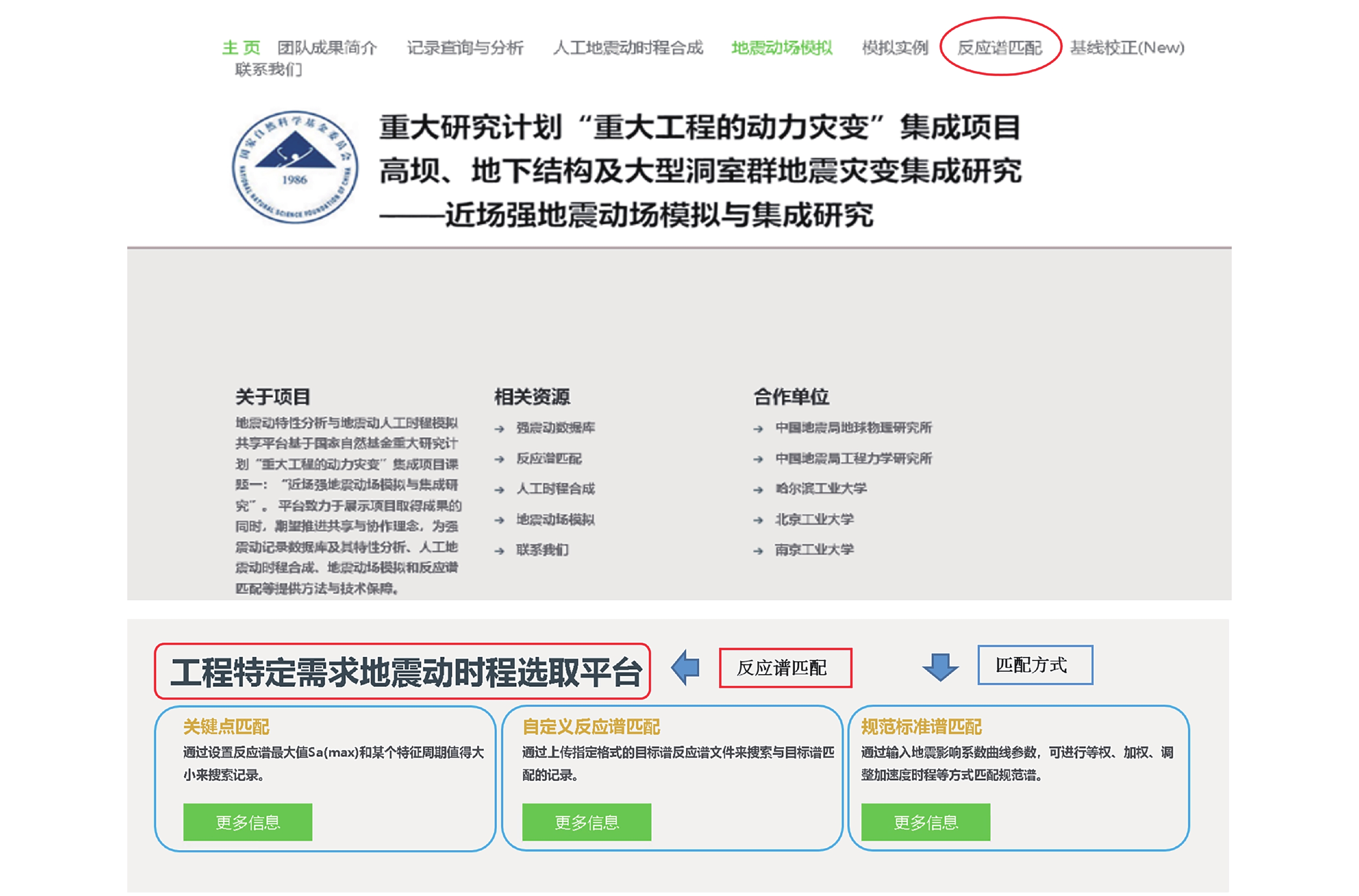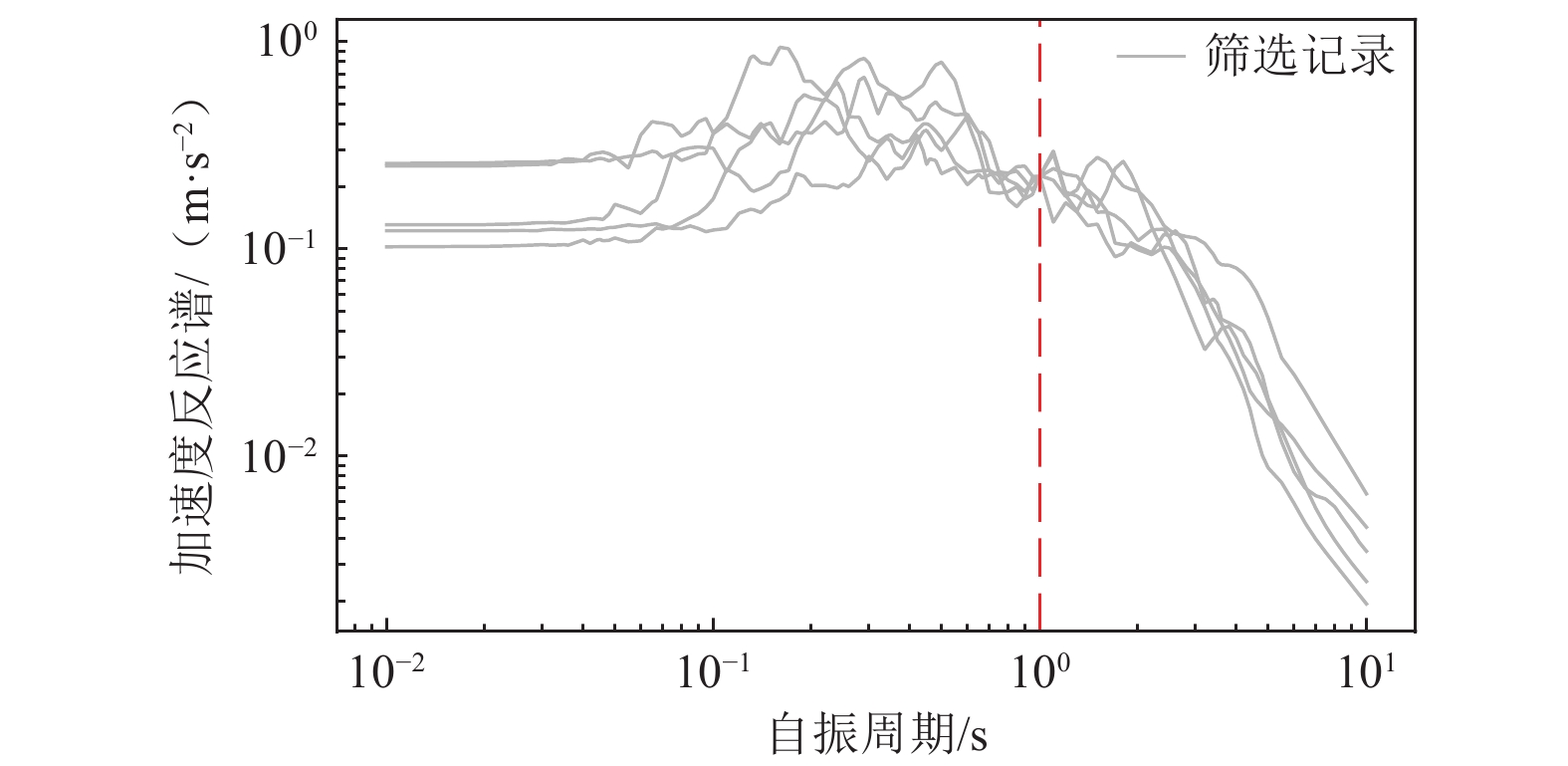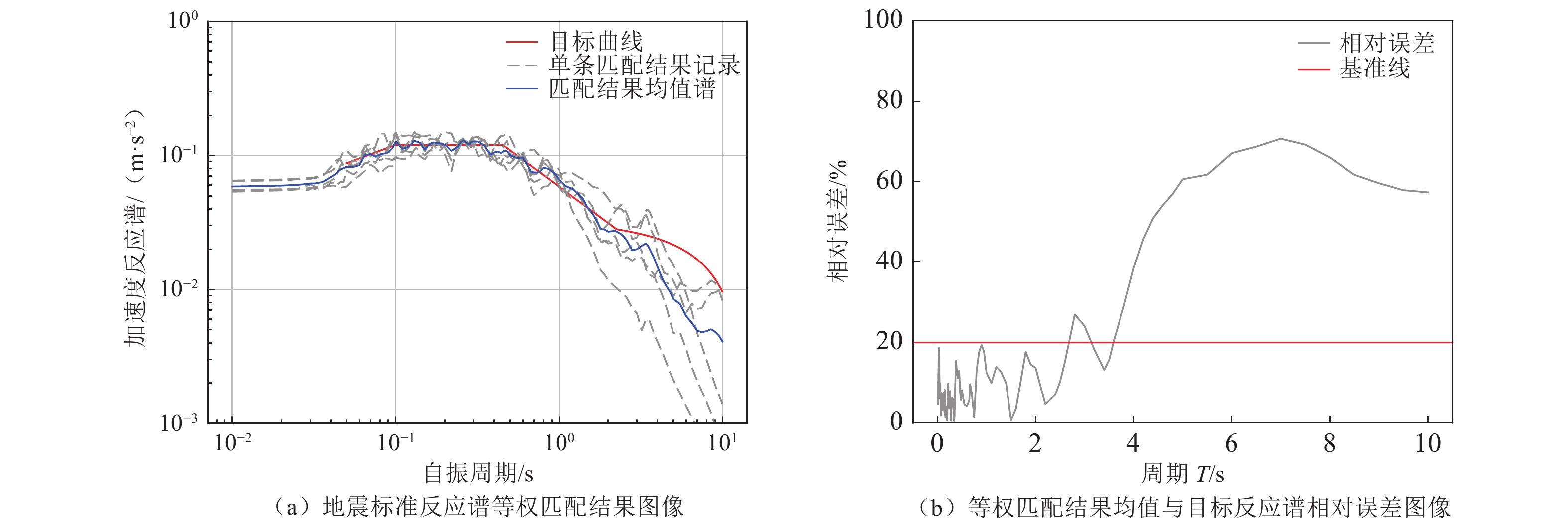|
陈贤才,2020. 长周期地震动设计反应谱及地震动选取方法研究. 广州:华南理工大学.Chen X. C., 2020. Study on the design response spectrum of long-period ground motion and the method of ground motion selection. Guangzhou:South China University of Technology. (in Chinese)
|
|
卢滔,郭林松,佟鑫等,2022. 场地对地震动放大作用的方向相关性研究. 震灾防御技术,17(3):481−489. doi: 10.11899/zzfy20220308Lu T., Guo L. S., Tong X., et al., 2022. Study on azimuth-related site amplification effect of seismic ground motion. Technology for Earthquake Disaster Prevention, 17(3): 481−489. (in Chinese) doi: 10.11899/zzfy20220308
|
|
罗桂纯,李小军,傅磊等,2019. 基于HVSR谱比法研究场地反应非线性特征. 地震研究,42(4):546−554. doi: 10.3969/j.issn.1000-0666.2019.04.013Luo G. C., Li X. J., Fu L., et al., 2019. Study on nonlinearity of site effect with the HVSR spectral ratio. Journal of Seismological Research, 42(4): 546−554. (in Chinese) doi: 10.3969/j.issn.1000-0666.2019.04.013
|
|
荣棉水,李小军,王振明等,2016. HVSR方法用于地震作用下场地效应分析的适用性研究. 地球物理学报,59(8):2878−2891. doi: 10.6038/cjg20160814Rong M. S., Li X. J., Wang Z. M., et al., 2016. Applicability of HVSR in analysis of site-effects caused by earthquakes. Chinese Journal of Geophysics, 59(8): 2878−2891. (in Chinese) doi: 10.6038/cjg20160814
|
|
王宏伟,任叶飞,温瑞智,2017. 地震动震源、路径及场地效应分析的广义反演方法研究进展. 地球物理学进展,32(1):78−86. doi: 10.6038/pg20170110Wang H. W., Ren Y. F., Wen R. Z., 2017. Research progress of generalized inversion technique used for separating source, path and site effect from ground motions. Progress in Geophysics, 32(1): 78−86. (in Chinese) doi: 10.6038/pg20170110
|
|
王苏阳,2017. 基于日本KiK-net地震动数据的场地反应研究. 哈尔滨:中国地震局工程力学研究所.Wang S. Y., 2017. Study on site effect using ground motion data from KiK-net in Japan. Harbin:Institute of Engineering Mechanics,China Earthquake Administration. (in Chinese)
|
|
魏勇,崔建文,王秋良等,2018. 基于合成地震动的2014年鲁甸MS 6.5地震场地效应分析. 地震研究,41(1):32−37. doi: 10.3969/j.issn.1000-0666.2018.01.004Wei Y., Cui J. W., Wang Q. L., et al., 2018. Analysis on site effect of 2014 Yunnan Ludian MS 6.5 earthquake based on simulating ground motion. Journal of Seismological Research, 41(1): 32−37. (in Chinese) doi: 10.3969/j.issn.1000-0666.2018.01.004
|
|
温瑞智,冀昆,任叶飞,2021. 工程地震动输入:从传统抗震设防到韧性提升. 北京:地震出版社.
|
|
熊政辉,2019. 面向地震保险的巨灾模型研究与应用. 北京:中国地震局地球物理研究所.Xiong Z. H., 2019. The study and application of catastrophe model for earthquake insurance. Beijing:Institute of Geophysics,China Earthquake Administration. (in Chinese)
|
|
姚鑫鑫,2017. 利用强震动记录的谱比分析场地非线性反应. 哈尔滨:中国地震局工程力学研究所.Yao X. X., 2017. Identification of the nonlinear site response using strong motion records based on spectral ratio method. Harbin:Institute of Engineering Mechanics,China Earthquake Administration. (in Chinese)
|
|
叶鹏,2013. 四川地区强震动台站的场地反应研究. 哈尔滨:中国地震局工程力学研究所.Ye P., 2013. Study on site responses of strong motion stations in Sichuan area. Harbin:Institute of Engineering Mechanics,China Earthquake Administration. (in Chinese)
|
|
战吉艳,陈国兴,刘建达,2012. 苏州城区场地等效剪切波速计算深度取值探讨. 地震工程与工程振动,32(5):166−171.Zhan J. Y., Chen G. X., Liu J. D., 2012. Discussion on calculation depth selection of equivalent shear wave velocity for site classification in urban area of Suzhou. Earthquake Engineering and Engineering Dynamics, 32(5): 166−171. (in Chinese)
|
|
宗健业,孙新蕾,张鹏,2020. 利用HVSR方法研究广州地区的场地效应及估算地震灾害特征. 地震地质,42(3):628−639. doi: 10.3969/j.issn.0253-4967.2020.03.006Zong J. Y., Sun X. L., Zhang P., 2020. Site effect and earthquake disaster characteristics in Guangzhou area from horizontal-to-vertical spectral ratio (HVSR) method. Seismology and Geology, 42(3): 628−639. (in Chinese) doi: 10.3969/j.issn.0253-4967.2020.03.006
|
|
Anbazhagan P., Srilakshmi K. N., Bajaj K., et al., 2018. Determination of seismic site classification of seismic recording stations in the Himalayan region using HVSR method. Soil Dynamics and Earthquake Engineering, 116: 304−316.
|
|
Baker J. W., Cornell C. A., 2005. A vector-valued ground motion intensity measure consisting of spectral acceleration and epsilon. Earthquake Engineering & Structural Dynamics, 34(10): 1193−1217.
|
|
Li X. J., Li N., Rong M. S., et al., 2022. Novel evaluation method for site effect on earthquake ground motion based on modified horizontal to vertical spectral ratio. Frontiers in Earth Science, 10: 938514. doi: 10.3389/feart.2022.938514
|
|
Rong M. S., Wang Z. M., Woolery E. W., et al., 2016. Nonlinear site response from the strong ground-motion recordings in western China. Soil Dynamics and Earthquake Engineering, 82: 99−110. doi: 10.1016/j.soildyn.2015.12.001
|
|
Rong M. S., Fu L. Y., Wang Z. M., et al., 2017. On the amplitude discrepancy of HVSR and site amplification from strong-motion observations. Bulletin of the Seismological Society of America, 107(6): 2873−2884. doi: 10.1785/0120170118
|
|
Shome N., Cornell C. A., Bazzurro P., et al., 1998. Earthquakes, records, and nonlinear responses. Earthquake Spectra, 14(3): 469−500. doi: 10.1193/1.1586011
|
|
Stewart J. P., Chiou S. J., Bray J. D., et al., 2002. Ground motion evaluation procedures for performance-based design. Soil Dynamics and Earthquake Engineering, 22(9-12): 765−772. doi: 10.1016/S0267-7261(02)00097-0
|
|
Tso W. K., Zhu T. J., Heidebrecht A. C., 1992. Engineering implication of ground motion A/V ratio. Soil Dynamics and Earthquake Engineering, 11(3): 133−144. doi: 10.1016/0267-7261(92)90027-B
|
|
Yakut A., Yılmaz H., 2008. Correlation of deformation demands with ground motion intensity. Journal of Structural Engineering, 134(12): 1818−1828. doi: 10.1061/(ASCE)0733-9445(2008)134:12(1818)
|
|
Yamazaki F., Ansary M. A., 1997. Horizontal-to-vertical spectrum ratio of earthquake ground motion for site characterization. Earthquake Engineering & Structural Dynamics, 26(7): 671−689.
|
|
Zhao J. X., Irikura K., Zhang J., et al., 2006. An empirical site-classification method for strong-motion stations in japan using H/V response spectral ratio. Bulletin of the Seismological Society of America, 96(3): 914−925. doi: 10.1785/0120050124
|
|
Zhu C. B., Pilz M., Cotton F., 2020. Evaluation of a novel application of earthquake HVSR in site-specific amplification estimation. Soil Dynamics and Earthquake Engineering, 139: 106301. doi: 10.1016/j.soildyn.2020.106301
|




 下载:
下载:








